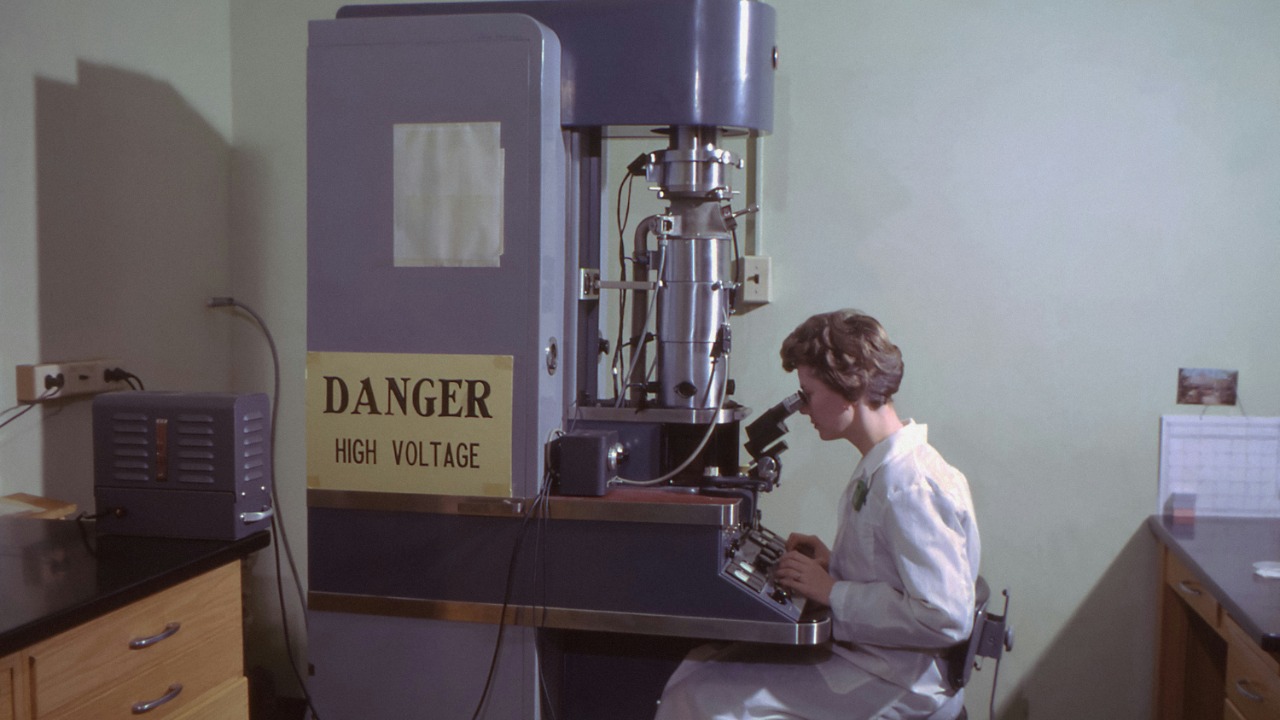
Science has always been a field of exploration and discovery, often necessitating bold and perilous experiments. These experiments, while dangerous, have revolutionized our understanding of the world and the universe at large. Let’s delve into five such experiments that changed the course of science forever.
The Discovery of X-Rays: Wilhelm Conrad Roentgen’s Risky Experiment
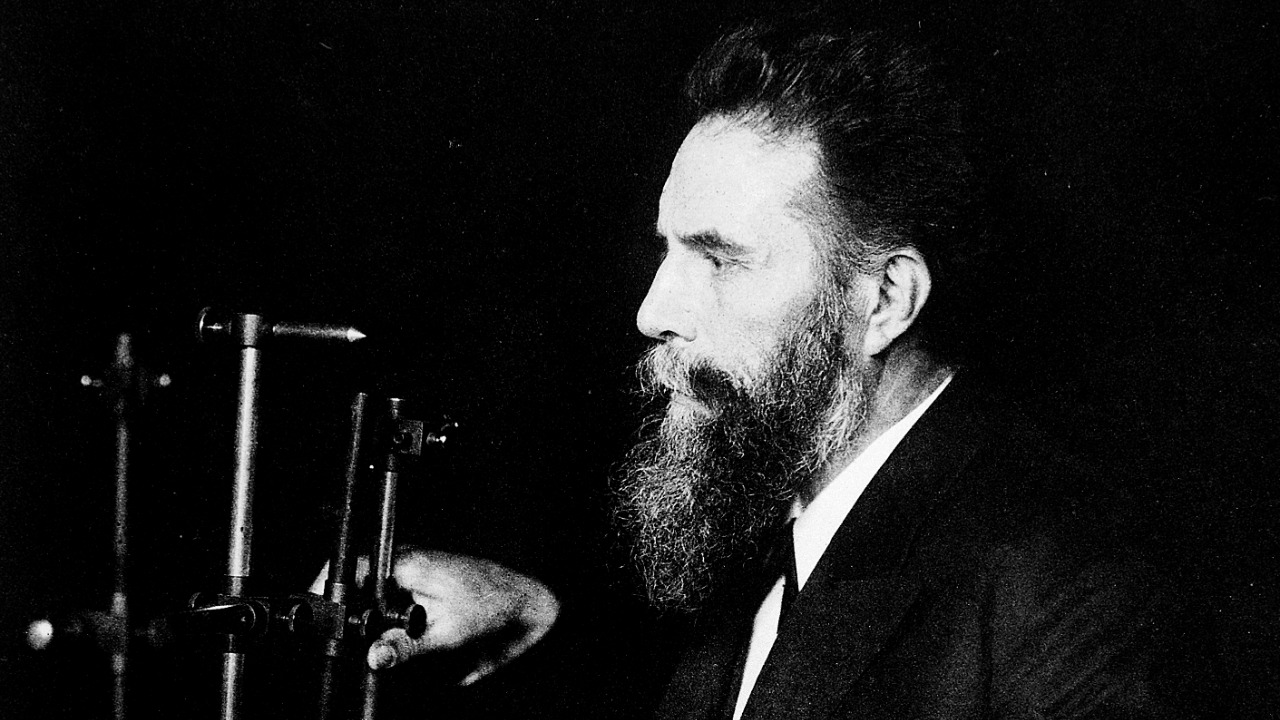
In 1895, Wilhelm Conrad Roentgen, fascinated by the unknown, conducted a series of experiments that led to the discovery of X-rays. He noticed that a fluorescent screen in his lab started to glow even without exposure to light. Intrigued, Roentgen isolated the tube and discovered a new type of ray – which he named X-ray. His experiments, although fraught with the danger of exposure to unknown radiation, paved the way for non-invasive medical diagnostics and treatments.
Marie Curie’s Perilous Pursuit of Radioactive Elements
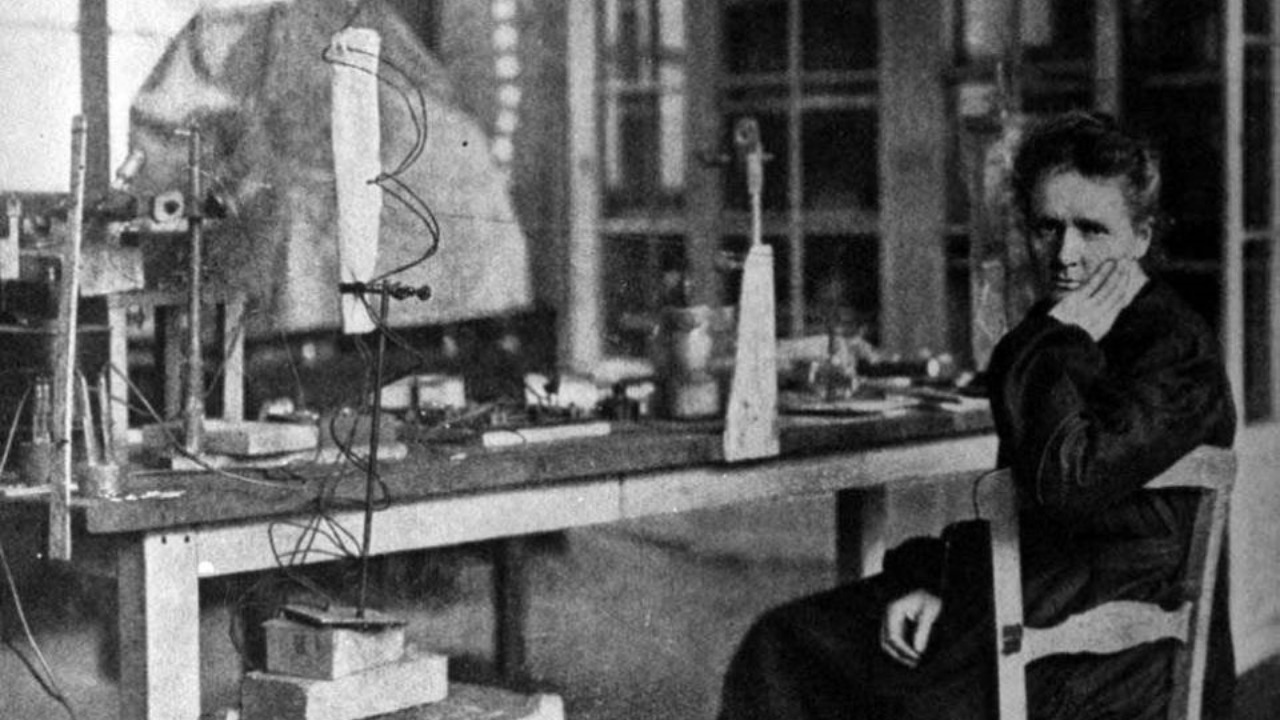
Marie Curie, a pioneer in radioactivity, carried out groundbreaking research in a makeshift lab with minimal protection. Her persistent pursuit led to the isolation of two new elements, Polonium and Radium. However, her constant exposure to radiation led to serious health issues, eventually causing her death. Despite the risks, Curie’s work laid the foundation for modern radiation therapy and won her two Nobel Prizes.
The High Voltage Experiments: Nikola Tesla and Alternating Current
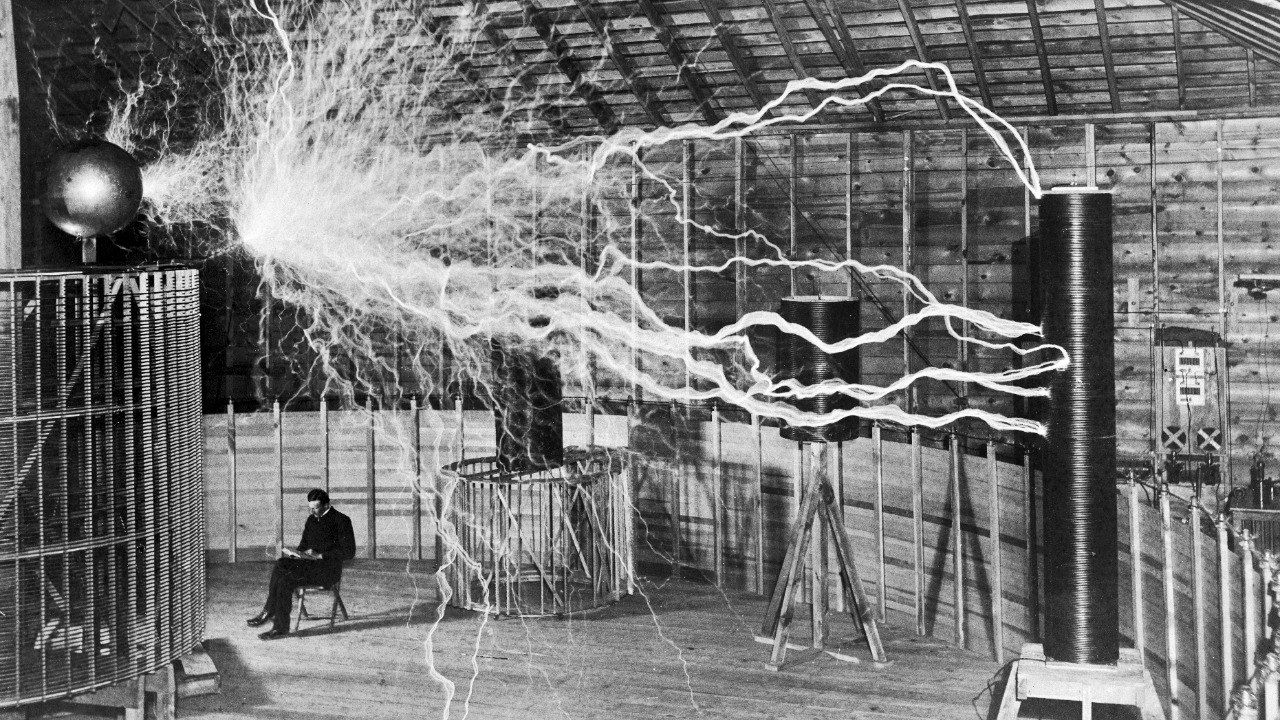
Nikola Tesla, a visionary inventor, revolutionized the field of electrical engineering with his risky high voltage experiments. His work on Alternating Current (AC) was a game-changer, offering a more efficient and safer way to transmit electricity over long distances. Despite facing numerous dangers, including potential electrocution, Tesla’s experiments led to the modern electric power system.
The Manhattan Project: Harnessing the Power of the Atom
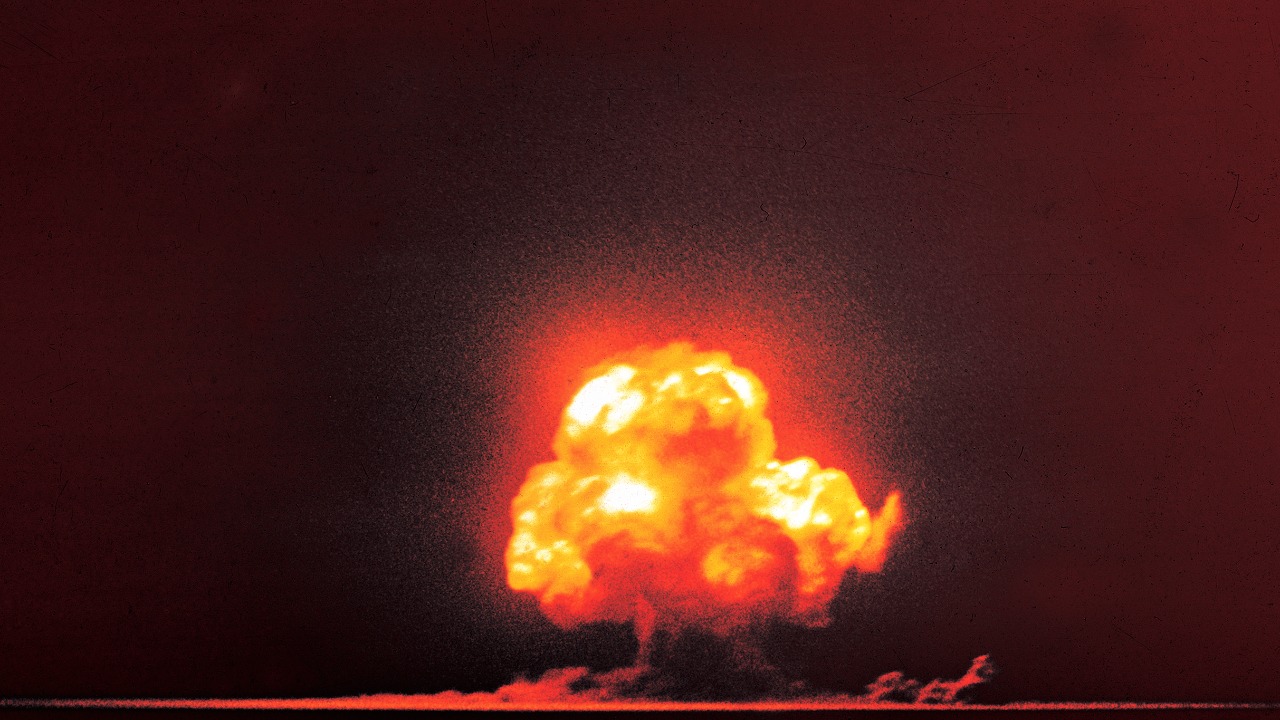
The Manhattan Project, one of the most secret and dangerous experiments in history, aimed at harnessing the destructive power of the atom. The project’s culmination, the creation of the atomic bomb, changed the course of World War II and instigated the nuclear age. While the project led to devastating consequences, it also spurred advancements in nuclear energy, altering the energy landscape forever. More about this can be found in this book.
The Controversial Human Genome Project: Mapping the DNA Sequence
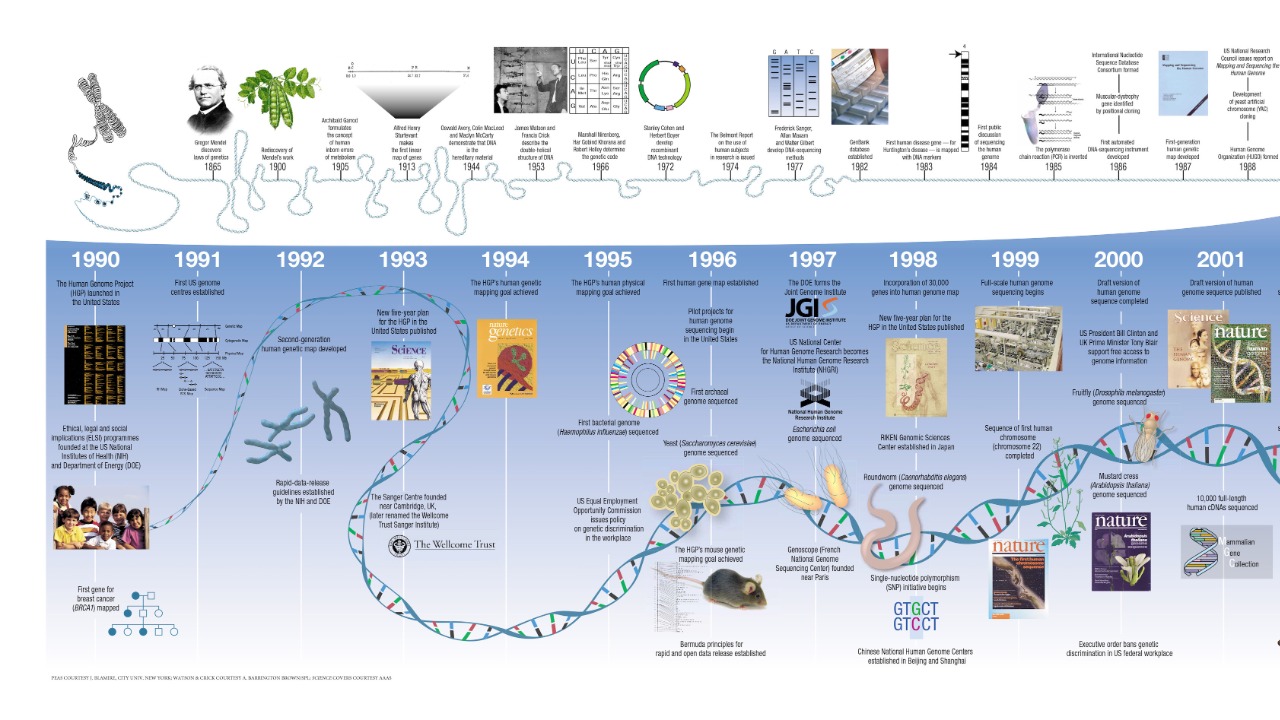
The Human Genome Project, a global endeavor to map the entire human genetic code, was fraught with ethical and safety concerns. Despite the controversy, the project’s successful completion in 2003 has revolutionized medicine and biology. It offered unprecedented insight into human genetics, leading to advances in diagnosing, treating, and preventing diseases. To delve deeper into similar ongoing or planned scientific experiments, check this Quora discussion.